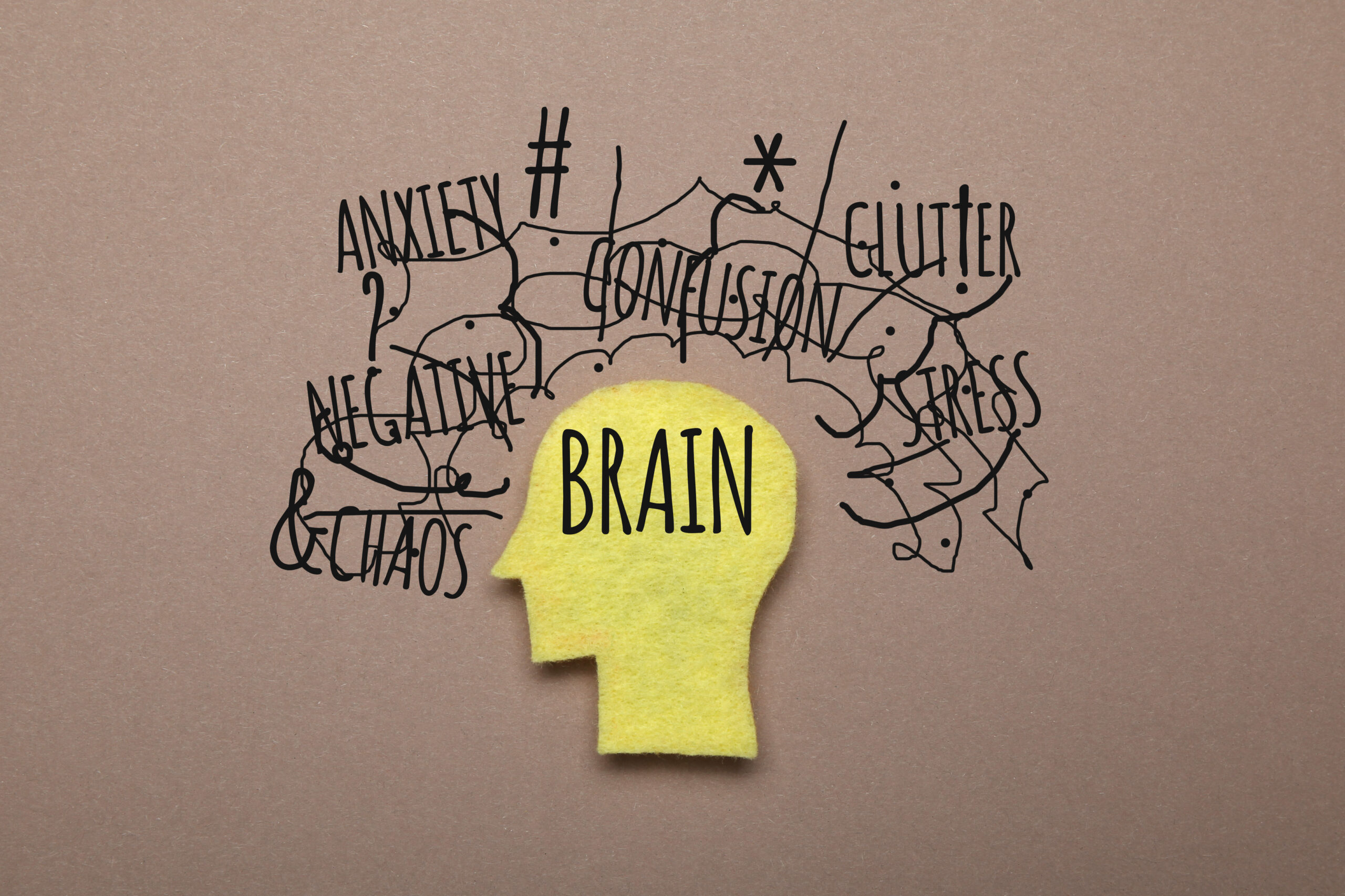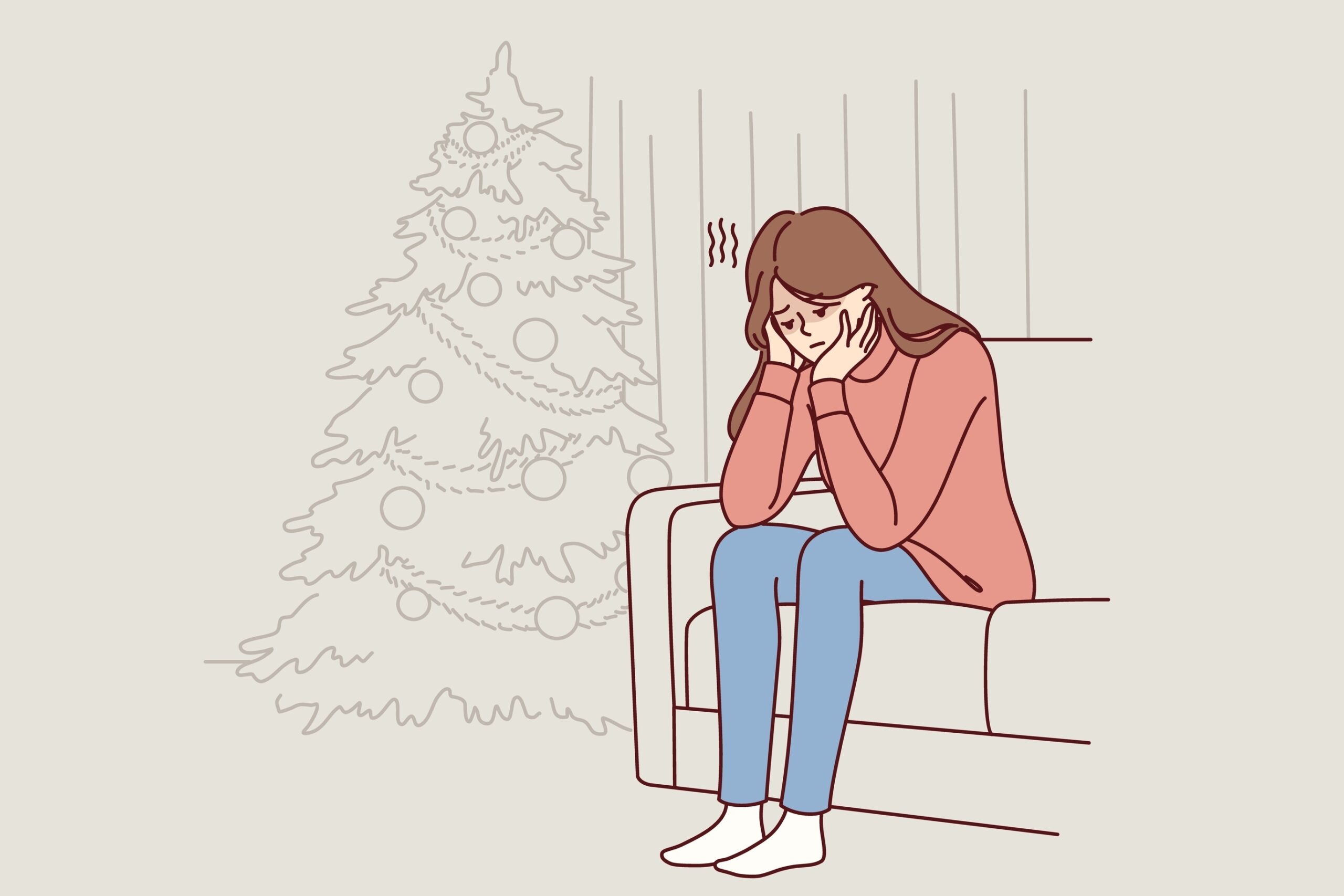 Fear is an inherent part of the human experience, woven into the fabric of life. It has been explored by ancient philosophers, is present in stories and myths, and is actively studied and ‘treated’ in the world of medicine and science. Fear is fundamental, and therefore, you never know when and where you might find yourself learning about it.
Fear is an inherent part of the human experience, woven into the fabric of life. It has been explored by ancient philosophers, is present in stories and myths, and is actively studied and ‘treated’ in the world of medicine and science. Fear is fundamental, and therefore, you never know when and where you might find yourself learning about it.
I recently encountered teachings about fear in two unexpected places. Although I already knew the lesson well, it was a reminder that it holds deep truth, a lesson we proudly preach at Mountain Valley. One of these moments occurred during a birthing class I attended with my wife. As we expect our first child, I was surprised to spend the first portion of our birth education course learning about the role of fear in childbirth. We discussed how the physiology of fear impacts labor and practical strategies for managing it. We also participated in two different exercises where we took time to identify our fears, list them, and share them with others in the room. “We know that naming what you fear is the first step in learning how to manage it,” stated our instructor. Wise words from the teachers at Dartmouth Hitchcock Women’s Resource Center.
The next time this message appeared was later in the week when I sat down to watch Dune on our weekly movie night. Not long into the movie, the infamous Frank Herbert quote sent chills down my spine:
“I must not fear. Fear is the mind-killer. Fear is the little-death that brings total obliteration. I will face my fear. I will permit it to pass over me and through me. And when it has gone past, I will turn the inner eye to see its path. Where the fear has gone, there will be nothing. Only I will remain.”
For those of you not familiar with the bestselling novel and Oscar-winning film, the quote above is called the “Litany Against Fear.” It is a prayer or mantra that various characters use throughout the story when facing fear. The prayer is said to help them recognize and lean into the feeling of fear, transforming it from paralyzing anxiety into a superpower – deepening their focus and attuning them to the challenges ahead.
Acknowledging your fear, not avoiding it. Leaning into it, being with it, allowing it to pass. Does any of this sound familiar? All too often, we see the fundamental principles of exposure therapy expressed and reinforced in the world around us. By facing your fears, you fear less.
But leaning into fear when you are in the thrills of it is easier said than done. No matter how true the message is or how often it is reinforced, the battle against a cascade of hormones, physiological symptoms, and intrusive thoughts is no easy feat to overcome.
At Mountain Valley, we teach residents how to lean into fear through a skill from Acceptance and Commitment Therapy called “The N’s: Name, Notice, and Neutralize.” This skill gives people a simple “1-2-3” method for overcoming avoidance, embracing their fear, and harnessing its power.
Name – Just like the exercises in my birthing class, the first step is to name your fear. Acknowledge that you are feeling scared. Name what you are afraid of and what might happen. Say it out loud, tell a friend, write it down – whatever you do, name it.
Notice – Bring your awareness to your body. Notice what you are feeling. Notice your heart beating in your chest, the feeling of the blood coursing through your veins. Look around you, find your senses, notice where you are.
Neutralize – Focus your mind. Slow things down. Take a breath and get grounded. Maybe come up with your own “Litany Against Fear” or some other affirmation that helps put fear back in its place.
Whether you’re new parents facing the anxieties of childbirth, a fictional hero in a well-known fantasy series, or a person trying to work up the courage to tell someone how you truly feel, to overcome fear, we need to face it – and by naming it, noticing it, and neutralizing it, you might just be more equipped to do so.



